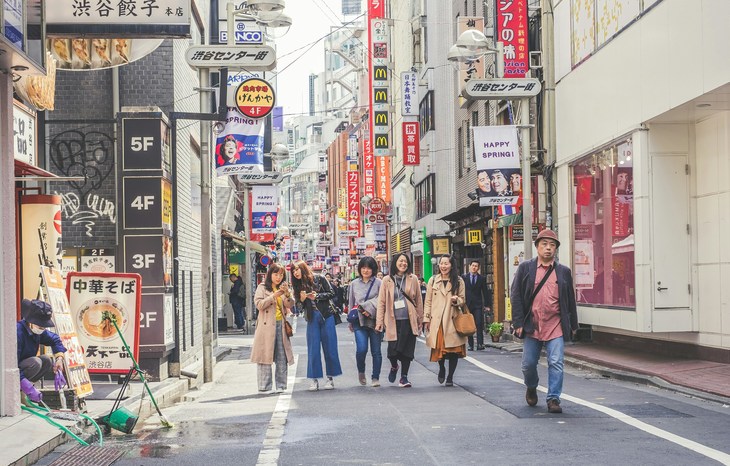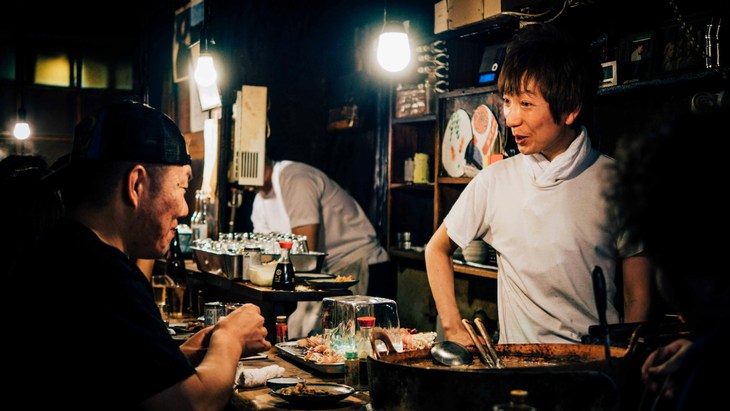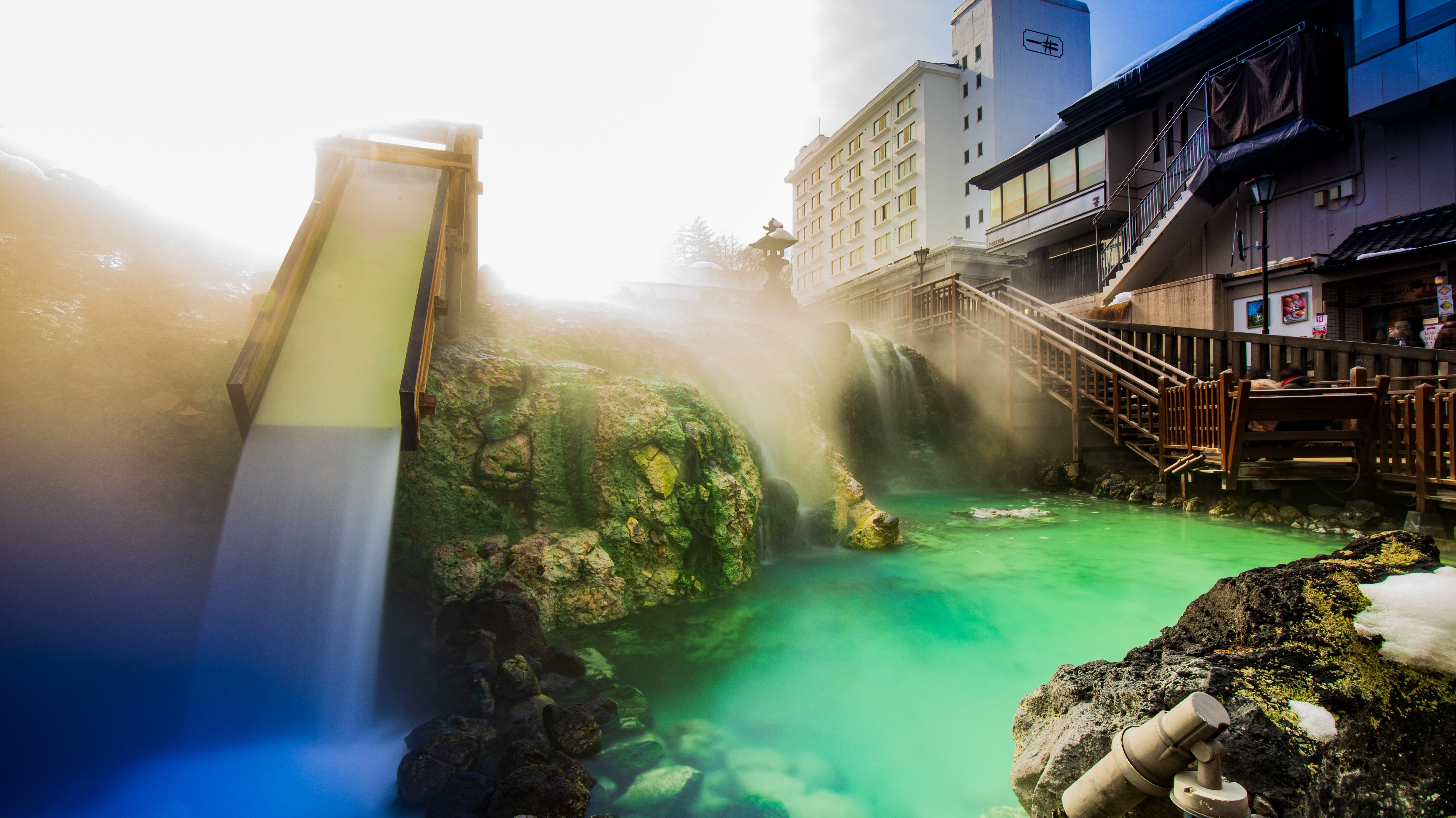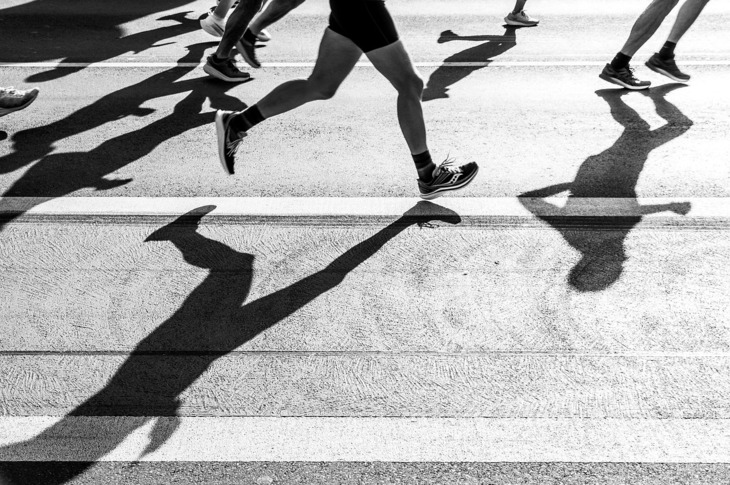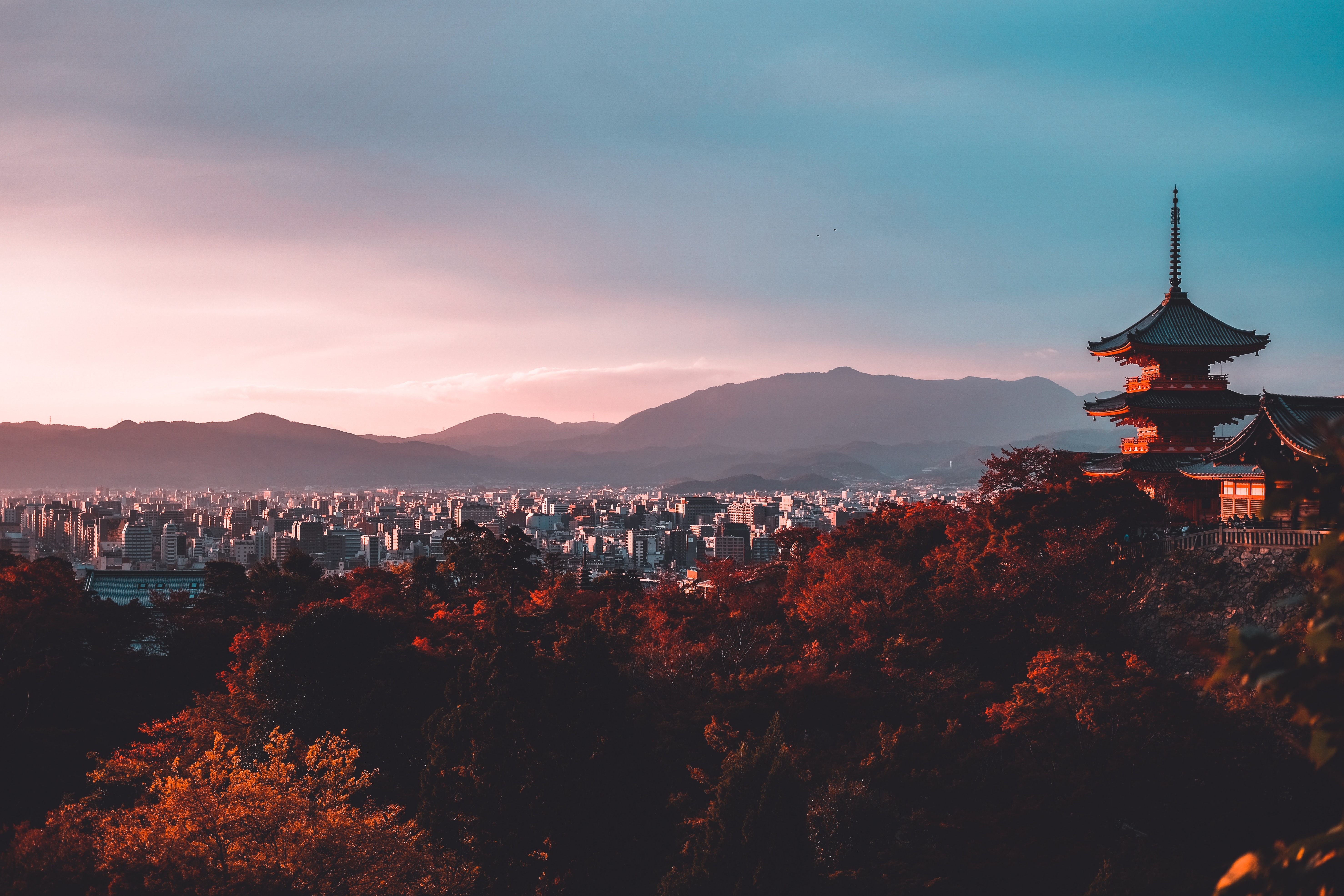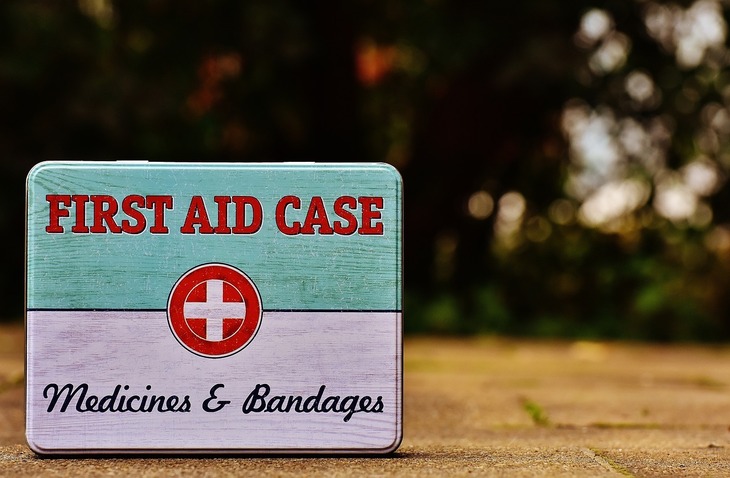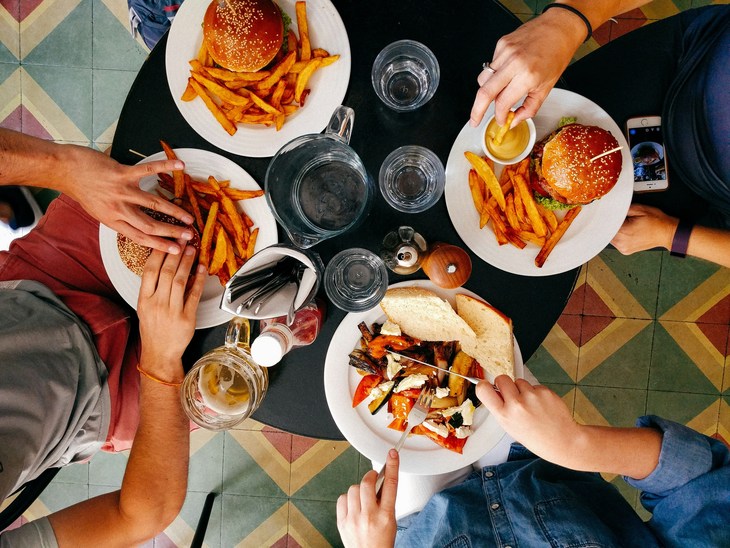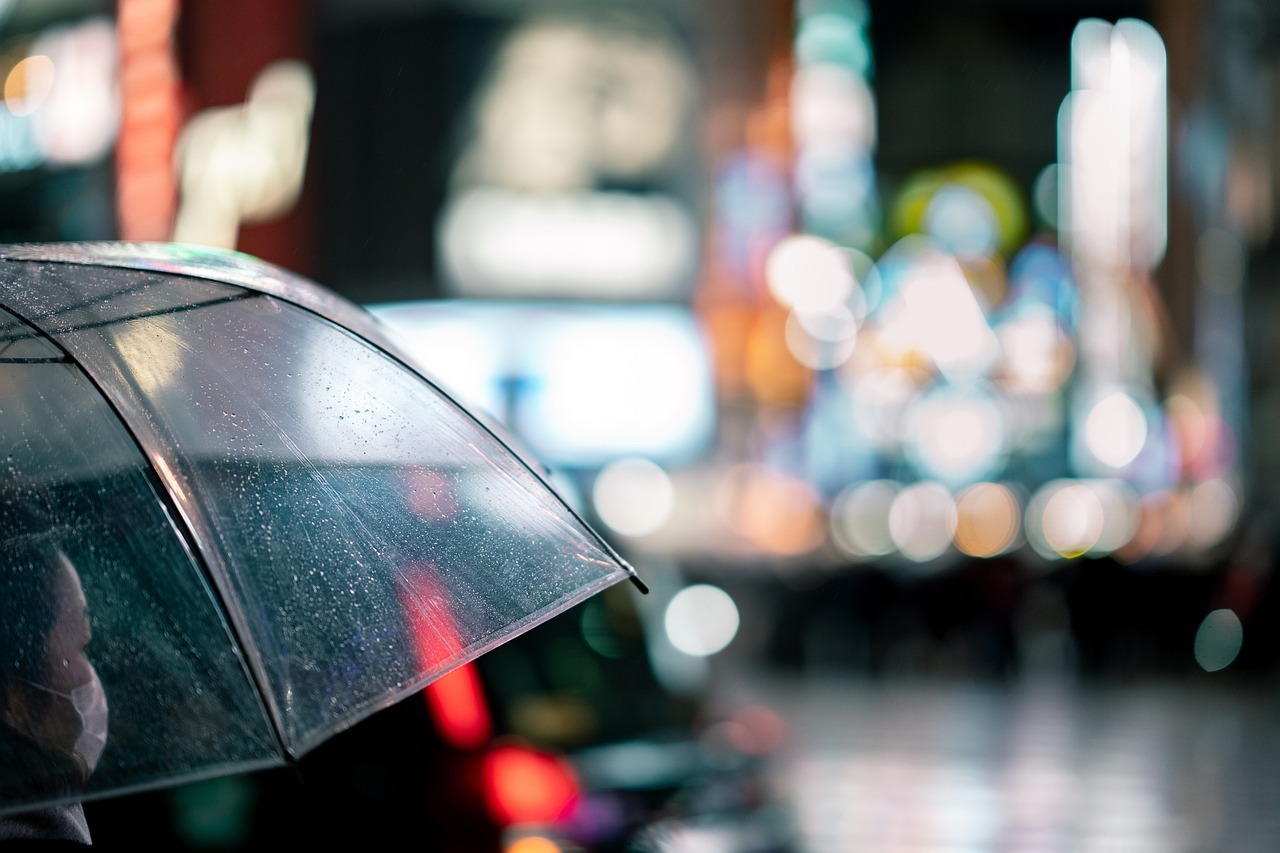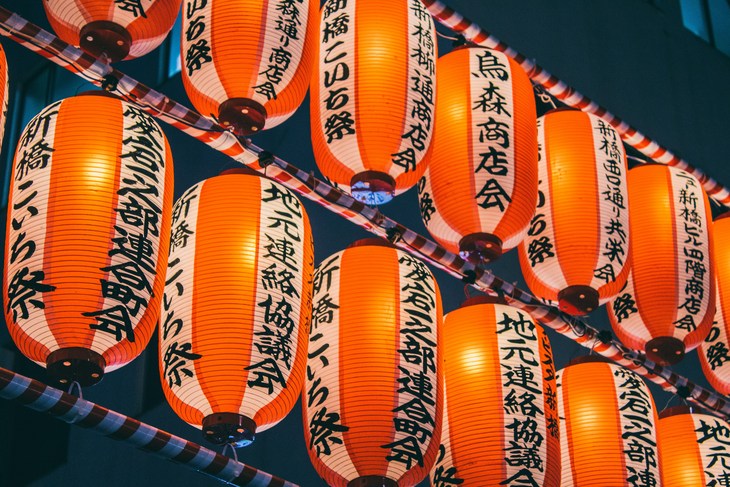10 Japanese Gestures, Mannerisms, and Customs You Need to Know
In Japan, body language and gestures are as important, if not even more important, than words. A lot of what Japanese people think or feel goes unsaid and is instead conveyed through how they move or behave. If you want to fit in when you are in Japan, or at least be able to understand some of what people are telling you through their actions, then be sure to learn and try out these 10 Japanese gestures, mannerisms, and customs.
Japanese Gestures
Japanese people use many hand gestures that might be unfamiliar to you, depending on what country you are from. Here are some of the common ones.
・Waving Your Hand in Front of Your Face
When someone waves their hand in front of their face, with the palm facing inward, it usually signals "no" or "I don't know." It is often used to refuse an offer politely or to indicate a lack of knowledge about something.
・Beckoning Someone with Your Hand
Unlike the Western style of beckoning with the palm face-up, in Japan, the palm faces down and people repeatedly fold their fingers toward their palm. While in some Western cultures, this kind of beckoning gesture can seem demeaning, in Japan it is a friendly gesture. It is used all the time to invite someone to come closer or call them over.
・Sticking Up your Pinky Finger
While in many Western countries, sticking up your pinky finger can be interpreted as pretending to be fancy, this isn't the case in Japan. When someone in Japan sticks up their pinky finger, it often refers to a relationship or girlfriend. It's a subtler way to talk about relationships without using words.
・Making a Circle with your Thumb and Index Finger
This gesture usually means "OK" or "good." However, if the circle is made with your palm facing downward, it often signifies money. Be sure to keep this in mind so that when you are trying to tell someone something is okay, you don't accidentally make them think you are talking about money.
Japanese Mannerisms
Many mannerisms in Japan may seem very different, if not possibly confusing depending on where you are from. Let's look at some common ones that you may encounter in Japan so that when you see someone doing these things, you'll be able to understand why. If you move to Japan and live here for a long time, you may even find yourself doing these mannerisms!
・Bowing While on the Phone
It is not uncommon to see people bowing even when they're on the phone. Bowing is deeply ingrained in Japanese culture, symbolizing respect and gratitude. It's instinctual for Japanese people to bow when expressing respect or gratitude, even when the other party can't see them.
・Putting your Hands Together When Apologizing
It is common to put both hands together when apologizing to close friends or peers, but this gesture is not typically used when apologizing to someone of higher status.
・Tilting your Head
Tilting your head slightly to the side can express confusion. It's a non-verbal way to ask for clarification or to indicate that you don't fully understand the conversation. You may encounter this mannerism quite often or see it in Japanese media, such as anime.
Japanese Customs
Last, let's look at a few Japanese customs. These customs may also be quite different from customs in your country, but following them while you are in Japan can help you fit in much more.
・Wearing Masks Even When Not Ill
Many Japanese wear masks even when they are not sick. This practice comes from a desire to protect others from germs and also as a way to avoid pollen or dust allergies. Hay fever is a big problem in Japan, which is part of why you'll see many healthy people wearing masks in the early spring.
・Jogging Over a Crosswalk
It's not uncommon to see pedestrians lightly jogging across the crosswalk after a car has stopped for them. This serves as a way of thanking the driver for waiting, while at the same time helping to avoid holding up traffic for too long.
・Pre-meal and Post-meal Phrases
Saying "itadakimasu" before eating and "gochisousama" after finishing a meal are practices that show gratitude for the meal. "Itadakimasu" expresses thanks to those who prepared the food, while "gochisousama" is said to thank the host or chef after eating. Japanese people will generally start and end every meal with these phrases, so if you live in Japan you'll want to try to do this as well whenever you are eating with others.
These are just some of the gestures, mannerisms, and customs you will come across in Japan. Hopefully, they are a good start to help you express yourself naturally without even using words. And now, if someone makes one of these gestures towards you, you won't misunderstand them. Be sure to give these gestures a try when you have the chance in Japan!












